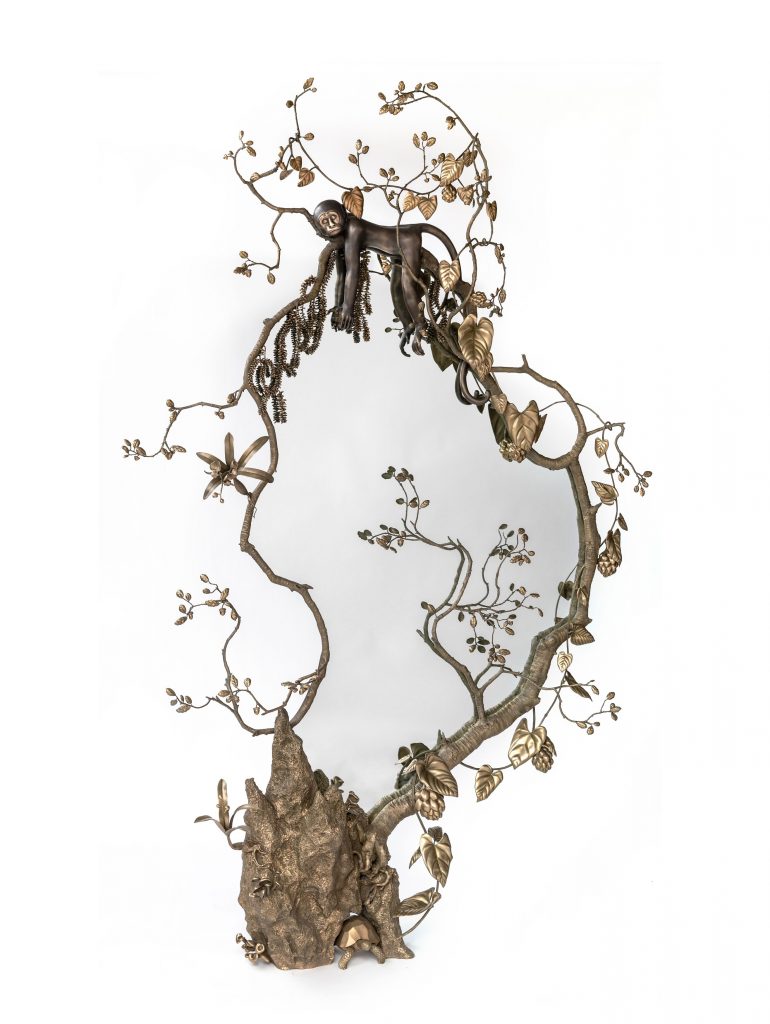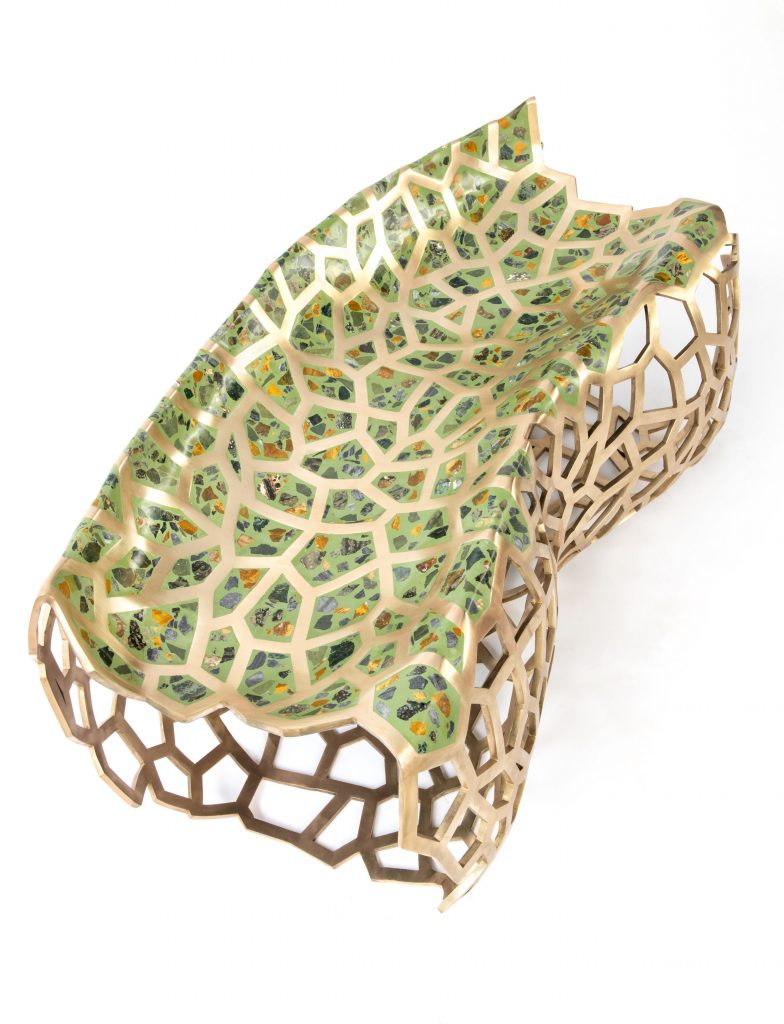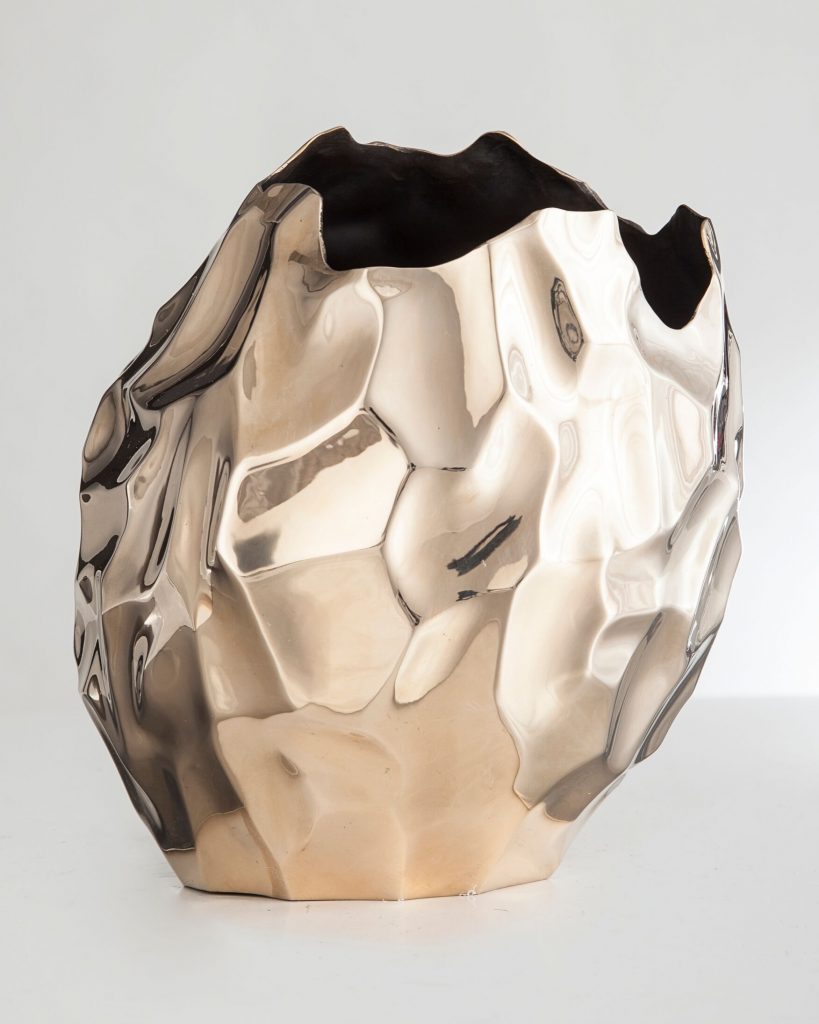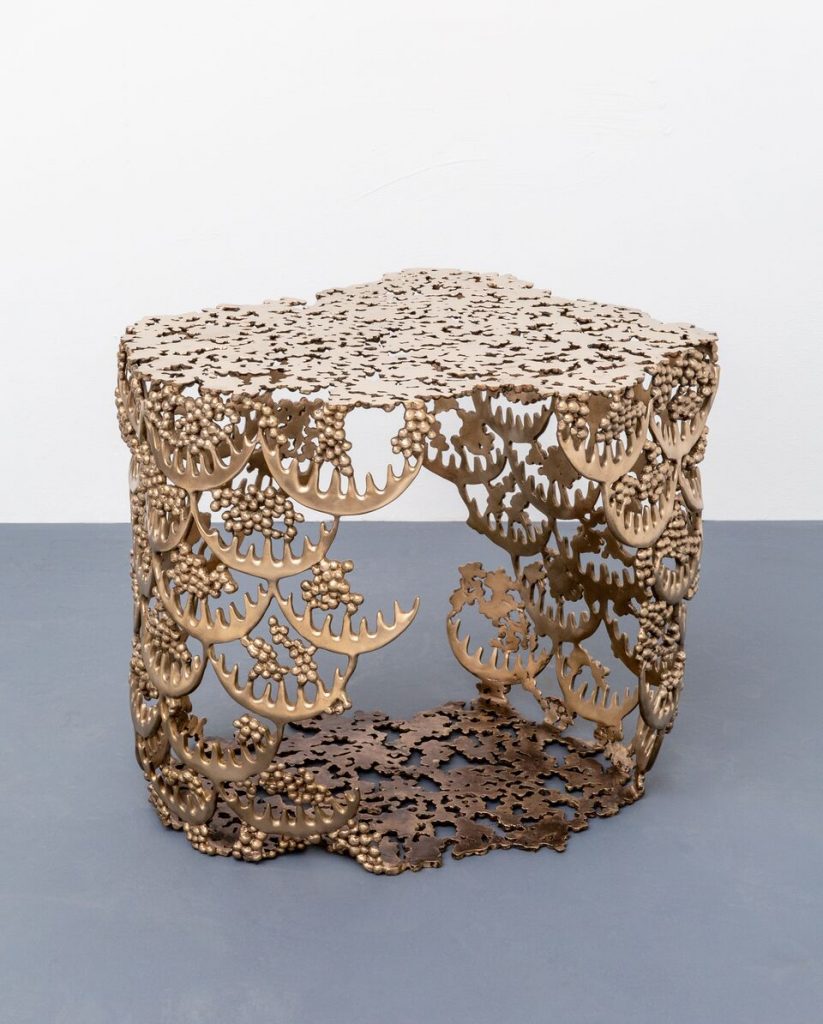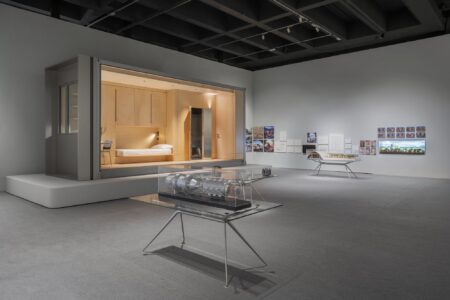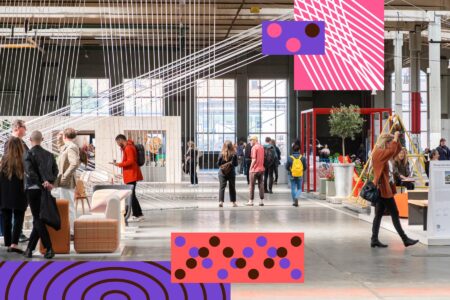David Wiseman: profound love for nature
David Wiseman talks to TLmag about the inspiration he draws from the natural world around him, his work process and his latest success.
In his young, but successful career, David Wiseman has caught the attention of many through his profound love for nature and respect for the history of decorative arts and contemporary design. Ranging from transformative room installations to mesmerizing furniture, the L.A. based designer creates his dream world by drawing inspiration from the world around him. TLmag had the pleasure to sit down and talk to him about his first show at Kasmin Gallery which is on show from March 14 until April 27, and the -soon to be opened- Wiseman Studio.
TL Mag: Your work draws inspiration from the physical and natural world. Could you expand on where this inspiration comes from?
David Wiseman: It’s almost innate and reflexive, not something that I think about too often. It is just a natural extension of who I am. It’s like staring at a flowering cherry blossom which is so moving, that I am drawn to have to do something about it. And that means either thinking about what are the essential intrinsic qualities of that cherry blossom that make it so beautiful and how I can manipulate materials in a way to show my gratitude. Almost religious and I cannot not do anything about it. Other people would crochet scarves or tend to garden to express their gratitude. My expression is to manipulate materials, draw and work with porcelain.
The show at Kasmin Gallery places your work in dialogue with that of Les Lalanne and Mattia Bonetti. Could you elaborate on what this dialogue uncovers or explores?
Les Lalanne and Mattia Bonetti are absolute heroes of mine. They elevated the decorative to fine art and have, in many ways, paved the road for others to engage with the vast history of the decorative arts tradition. Which in many circles, was kind or relegated to another kind of category. And they’re part of this process of making it fresh again, making it relevant to our culture. I have a lot of philosophies about art and the decorative, and some people see that term as pejorative, or it’s been cast in a certain negative light. Which is unfortunate I think.
Decoration, as it is, is a way for us to live with nature in our lives. And it has been abused and exploited. It can become over rot, or too decadent. You know, the palaces of the past that sort of represent this sort of excess. But when done sensitively it’s nothing more than that very same process I mentioned of this innate, reflexive, wanting to live with and cherish nature.
I think it’s important in any culture, at any age to make that relevant. To just rely on the history of decorative arts. Past cultures, past era of decorative arts. It’s just important to reexamine this process of re-examination of nature and what it means to our lives today. That is important to do every generation and what the exhibition intends to investigate.
Since you draw inspiration from natural elements, can we find elements of your creative environment in your work?
Yes absolutely! For this show, everything started with a drawing that I created about a year ago called The Lost Valley. Finally, this drawing became wallpaper and that became objects. For example, this mirror with the sleeping monkey, hanging vines and oak branches I cast.
You and your brother, Ari Wiseman, are opening Wiseman Studio in May, right? Congratulations!
Thank you! We’ve been working together for much longer than we’ve formally established Wiseman Studio. He was my very earliest advisor, I’d say. He brought me to museums as a kid and exposed me to art at a very young age. We started this process of formally working together only recently. But we’ve been engaging in this dialogue since as long as I can remember. It’s the very pillar of how we communicate with one another. It’s through creation and projects and art and design.
How do you think Wiseman Studio will influence your work?
I think that the process will be much closer to nature, and that will have an effect. We’re actually going to be in this natural garden space. I can’t quite comment yet on how it will change the work, but I am very excited to just be much closer to the garden and all the elements. We are planting some of the most important species I have been inspired by. Magnolias, oaks, sycamores, a lot of different cacti. To be able to directly take the species that we have grown and cast them directly is an incredible thought.
Wiseman Studio will have a separated work- and presentation area. Did you make any significant curatorial decisions for the presentation?
We worked with an architect in New York, Ted Porter. Who is a long time friend of ours and fully understands how I work. The idea was to give the space as much flexibility as possible. So there are hidden conjunction boxes throughout the entire wall and ceiling plan so I can create a collage, with light coming from different areas. So it’s really an open canvas at this point with beautifully treated materials, floors, and ceilings. It will just be a blank canvas to let the work stand out.
Currently, I’ve been at this old studio for 14 years, and I get a lot of studio visits. And it is very hard to see the work when everything is covered in dust and there’s constantly grinding and engagement in some process. So to have another space really provides a context of the final state of the piece. So that’s going to be really exciting to have that attaches to the studio rather than to have to ship it to New York to see it in a finished space.
Photos courtesy of Wiseman Studio and Kasmin Gallery.
